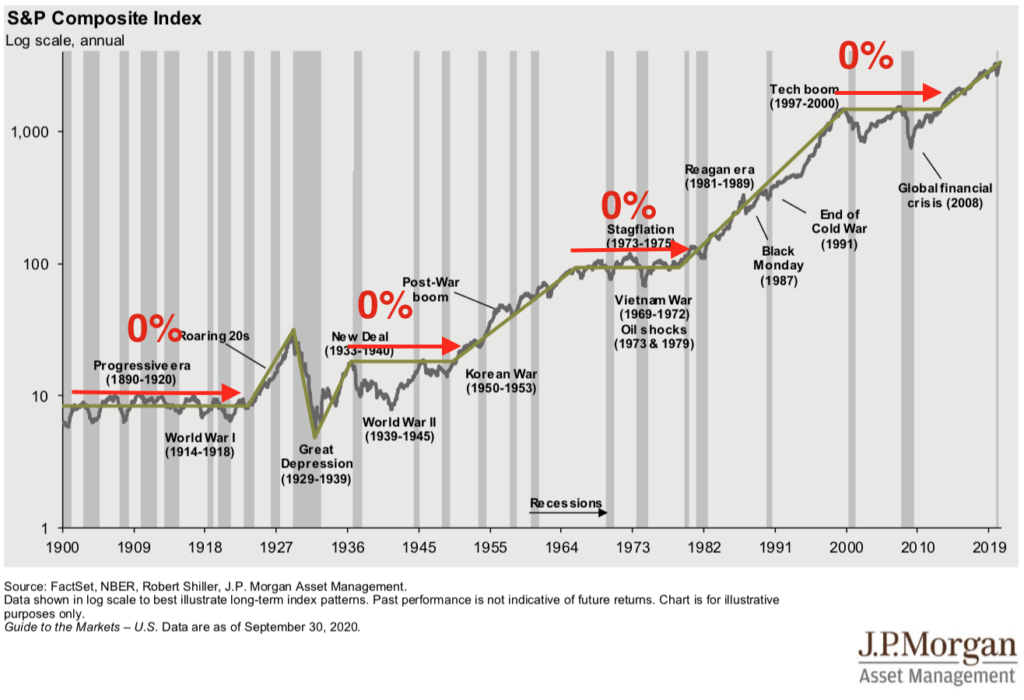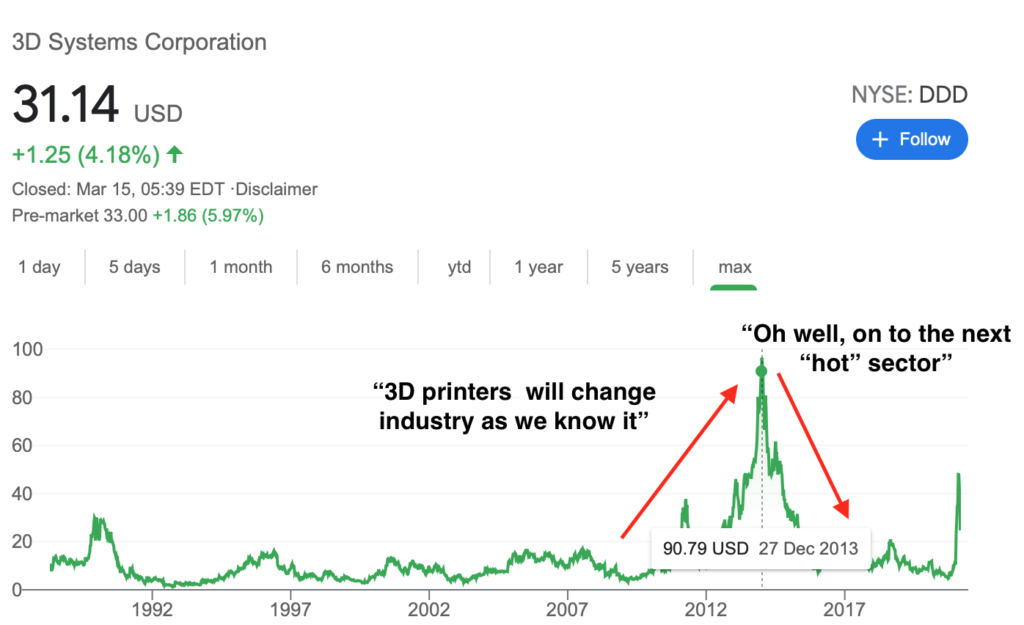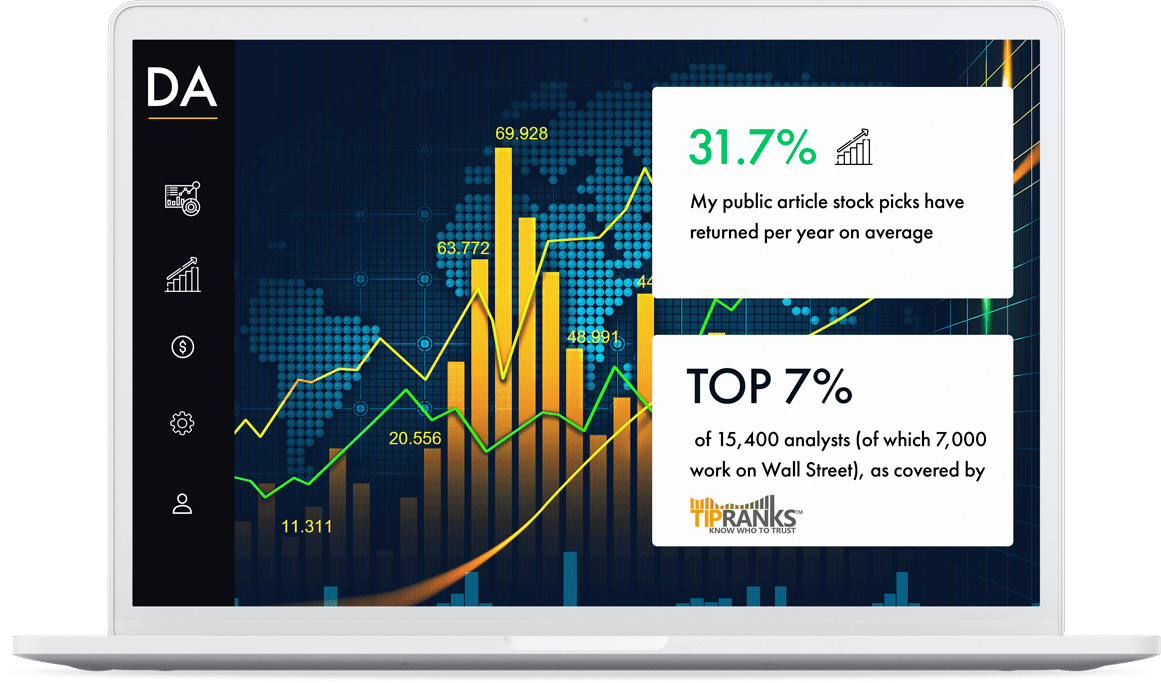Stock markets provide amazing opportunities for regular people to grow their wealth in a life-changing way. Disciplined, long-term investors with regular investments have been historically well-rewarded through the power of compound interest. However, there are dangerous narratives building around the stock markets and investing in general, that threaten the success of investors going forward. In this article I discuss 3 warnings for investors in current market conditions.
#1 - Stocks don't always go up
If you take a very long time horizon, the stock market as represented by the S&P500 index has done very well.
Since adopting 500 stocks into the index in 1957, the S&P has returned around 8% per year on average, with historical returns since 1926 even higher at roughly 10%.
However, that doesn't mean the index goes up linearly.
There have been periods where the stock prices have gone nowhere for a decade or even more.
Could You stomach a 10-yr period with 0% returns (means negative real returns due to inflation)?
As we approach historically high valuations on the U.S markets, that's something to consider.

And that's the S&P500 index alone, which selects U.S stocks based on their market capitalisation size and actively removes and adds companies to the index.
Expecting similar returns from any individual stock is a grave mistake to make. Individual stock investing is a great way to create your investment portfolio according to your personal goals, but it requires a lot more analysis work and active management. Just because a company is trading on the stock market, doesn't mean that it will give you historical average stock market returns, or any positive returns at all.
Dividend investors can take heart from the fact that over the last 40 years, around 70% of S&P 500 returns have come from dividends. As dividends rely on strong business performance, not stock market sentiment, they are a lot more reliable stream of returns than stock prices.
#2 Companies in "hot" sectors won't automatically be great investments
This narrative-based investing approach is arguably the most popular strategy amongst new investors right now.
Electric vehicles, 5G, space travel, robotics, blockchain etc. You name it - these stocks are getting bid up in the markets based on the narrative around those sectors.
Technological advances have certainly changed the way we live our lives and innovation will continue to do so. But basing your investments just on the narrative, not fundamentals is a very risky proposition.
Just consider one of those "hot" sectors from the last decade - 3D printing.
The largest 3D printing company 3D Systems Corporation(DDD) was bid up to almost $100 per share in 2013 as investors thought it would be a disruptive technology in the near future. As that failed to materialise, the stock price declined by more than 90% in the following 2 years. Even now in 2021, the company's share price is well-below its 2013 highs.
I'm not saying this company can't become profitable and have a bright future. What I'm drawing attention to, is that sentiment can cause wild movements in the markets, that are in no way backed by fundamentals.

There are EV companies out there that haven't sold a single car, but whose stock prices are soaring because of the sector they operate in. Will every single one of those EV companies be gushing cash flow in the future? I doubt that.
As with any new industry, there will be a few big winners - but a lot more losers.
For example, where Google has done extremely well, competing search engines such as Open Text, Direct Hit, WebCrawler, AskJeeves and many others didn't enjoy similar "success by association" for being in the same business.
#3 IPOs and SPAC IPOs - it's not the retail investor that makes money on it
IPOs
IPO returns might look impressive at first sight. You see many of them shooting up on the first day of trading for whopping returns.
Does the retail investor participate in that rally?
Unlikely.
The difference between offering price and opening price is something we need to understand when it comes to IPOs.
The offering price is the price at which a company sells its shares to investors that are sourced by the underwriter (investment bank) - who structures the IPO and finds potential investors. Those shares are offered to the bank's institutional clients and sometimes accredited investors. Large majority of retail investors don't have an opportunity to buy shares at this point.
Once the IPO is opened for all investors and starts trading on the public stock market, the shares are trading at the opening price. The opening price is determined by the buy and sell orders at the time of open. The large majority of gains are made by the institutional investors before the retail investor has the chance to buy any shares.
That's why although the opening day price action might look impressive, it's not the retail investor that makes those gains.
Below are some of the offering and opening prices of recent high-profile IPO's.
| Company | Offering price | Opening price | Difference |
| AirBnB | $68 | $146 | 115% |
| Snowflake | $120 | $245 | 104% |
| DoorDash | $102 | $182 | 78% |
SPAC IPOs
SPAC IPOs take things to the next level of speculation. They are created to raise money from investors to eventually buy another company. At the time of its IPO, a SPAC has no operations or even any publicly stated targets for acquisition.
Investors who put their money in SPACs at an early stage have no idea what they will be eventually investing in, as the SPAC doesn't disclose its target for the merger. That's why SPACs are also called "blank-check" companies.
SPACs are the latest craze in the markets. There have been 252 SPAC IPO's in 2021 year-to-date already - more than in the whole year of 2020.
Let me share with you the research from J.P Morgan on who benefits from those investments.
On the table below are the median returns over the last years for the following investments
| Investor who buys SPAC shares before merger | +45% |
| Investor who buys SPAC shares after the merger | +10% |
| SPAC sponsor who brings it to market | +682% |
Note that the S&P 500 returned 59% over the same period, so retail investors underperformed whilst the SPAC sponsor cleaned up.
Summary
This article is not meant to scare anyone away from investing - I'm personally putting money to work every month and sharing those ideas with Premium Members. I'm delighted to see a lot of people starting to take interest in investing and public stock markets, as it offers everyone a chance to build long-term generational wealth. Low-cost brokers are also making investing more affordable and accessible than ever before. What I want to emphasise, is starting with a proper understanding of investing fundamentals and risk-management. Important part of that, is understanding that any company is worth the profits that it generates - both now and in the future. After all, stocks are not lottery tickets or lines on the graphs - they represent ownership stakes in real, operating companies and should be treated as such.
Wish You all successful investing!
Disclaimer: This is NOT a recommendation to buy or sell any shares or to follow a particular investing strategy. You can lose your invested capital.I am not responsible for the accuracy of any of the data presented in the article. I am not a financial professional of any kind.None of the information here should be considered as a basis for financial planning. Any stock transactions or analysis published should NOT be considered to be investing recommendations. Before making any investing or financial decisions, you should contact an appropriate professional.This website should be viewed for entertainment purposes only.









